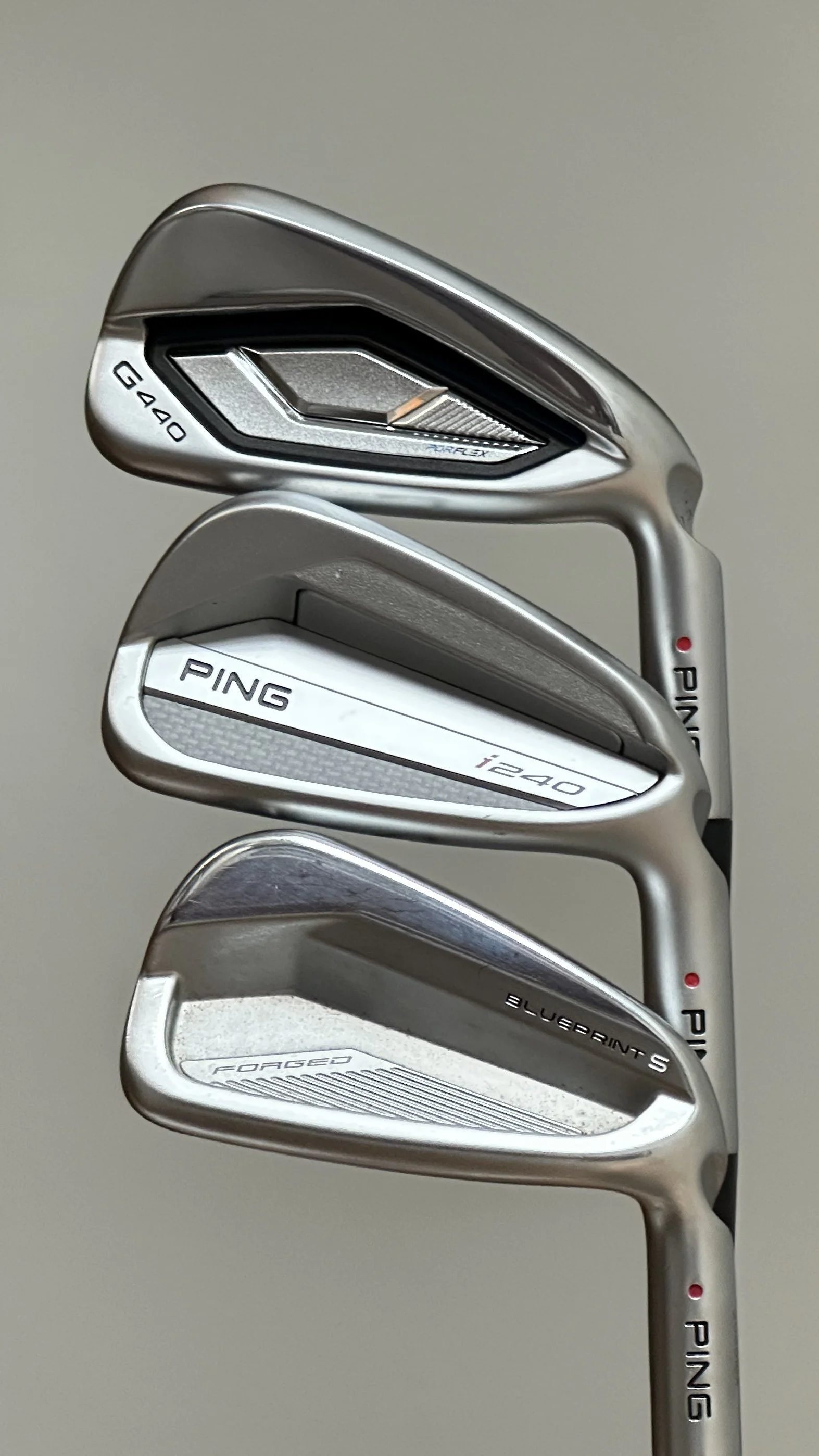I love links golf and I would rather Ballybunion Golf Club every day for the rest of my life than any other course in the world! There is something wild about the look of the dunes and eminently fair about the course that I find very appealing.

I first played there with my father, some old friends and Mr. Seamus Finnerty, Club Captain and everything you could hope for in a host. What a special experience it was! On a calm day there are no holes that will overpower you, but even a subtle breeze blowing in the right direction will make holes # 2, 7, 9, 10, 11, 12, 15 and 17 become unreachable monsters. Keep in mind that there is no direction the wind can blow that will make all the aforementioned holes play into the wind, as they are all going in different directions.
There is some debate as to who the course design should be credited to; Murphy in 1893; 0r Hewison in 1906? Nobody seems to know! The course has been upgraded by it's biggest fan, Tom Watson, over the last few years and the changes are subtle and positive. Just as you might expect from Old Tom! Ballybunion was actually the course where Tom Watson learned to love the links game.

The course only plays to 6638 yards from the back tees, but is all the challenge any golfer could hope for. The contours on the fairways and greens are a large part of what make Ballybunion a great golf course. The foward half of the 9th green is entirely a false front! The signature hole is the par four 11th. A longish par four where the tee shot must be soundly struck between dunes and the Atlantic Ocean. The hope is to place your ball on the appropriate tier in the fairway from which to play the thrilling second shot to the green below. I would rate the approach to this green alongside the approach to the 8th at Pebble Beach. It will get your heart racing!

I asked Tom Watson what his favorite hole was and he gave me a sly look and said I would never guess. My reply was, that with that look, it must be the 6th hole. He was amazed that I selected that hole, as the 6th has no dunes, no bunkers and no ocean or graveyard in play. The 6th only has a tee, a fairway and a green, oh yes, and the prevailing wind! Play it a few times and you will understand why we both rate it so highly!
Ballybunion has no weak holes and every hole is a unique and memorable experience. Conditioning is generally quite good for a links course and the caddies can be hit or miss. The Cashen or New course is actually built on a "wilder" (better!) piece of property but Mr. Robert Trent Jones Snr. has done a disservice to all of links golf with his design. I would stay off the Cashen. No matter how good it looks!
Any golfer who loves links golf and plans on making a pilgrimage to Ireland must count Ballybunion Old as the number one course to play! As Tom Watson said,
"I am now of the opinion this is one of the best and most beautiful tests of links anywhere in the world."
A visit to Ballybunion should not be missed!
u9p4vbagcx





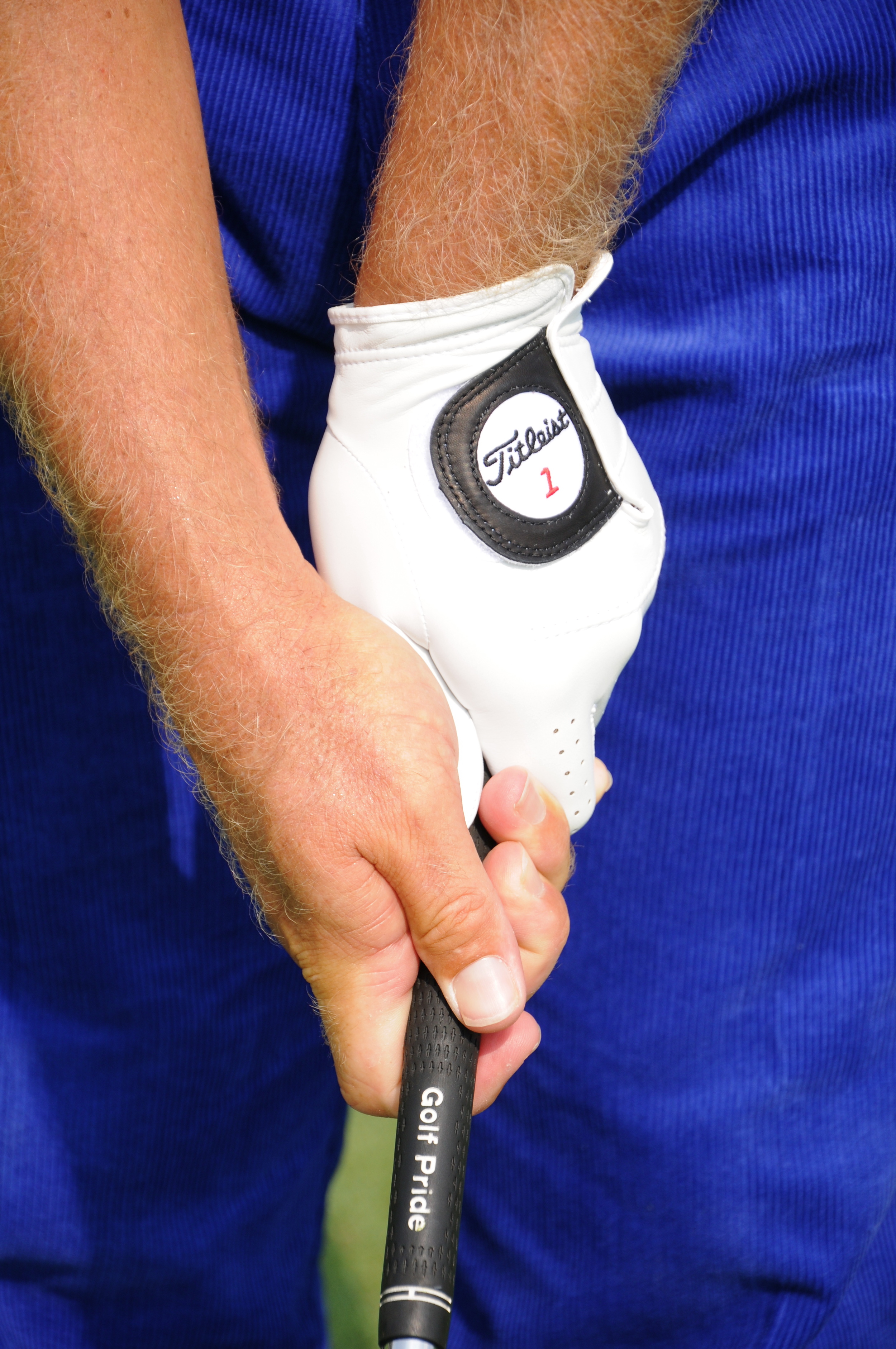
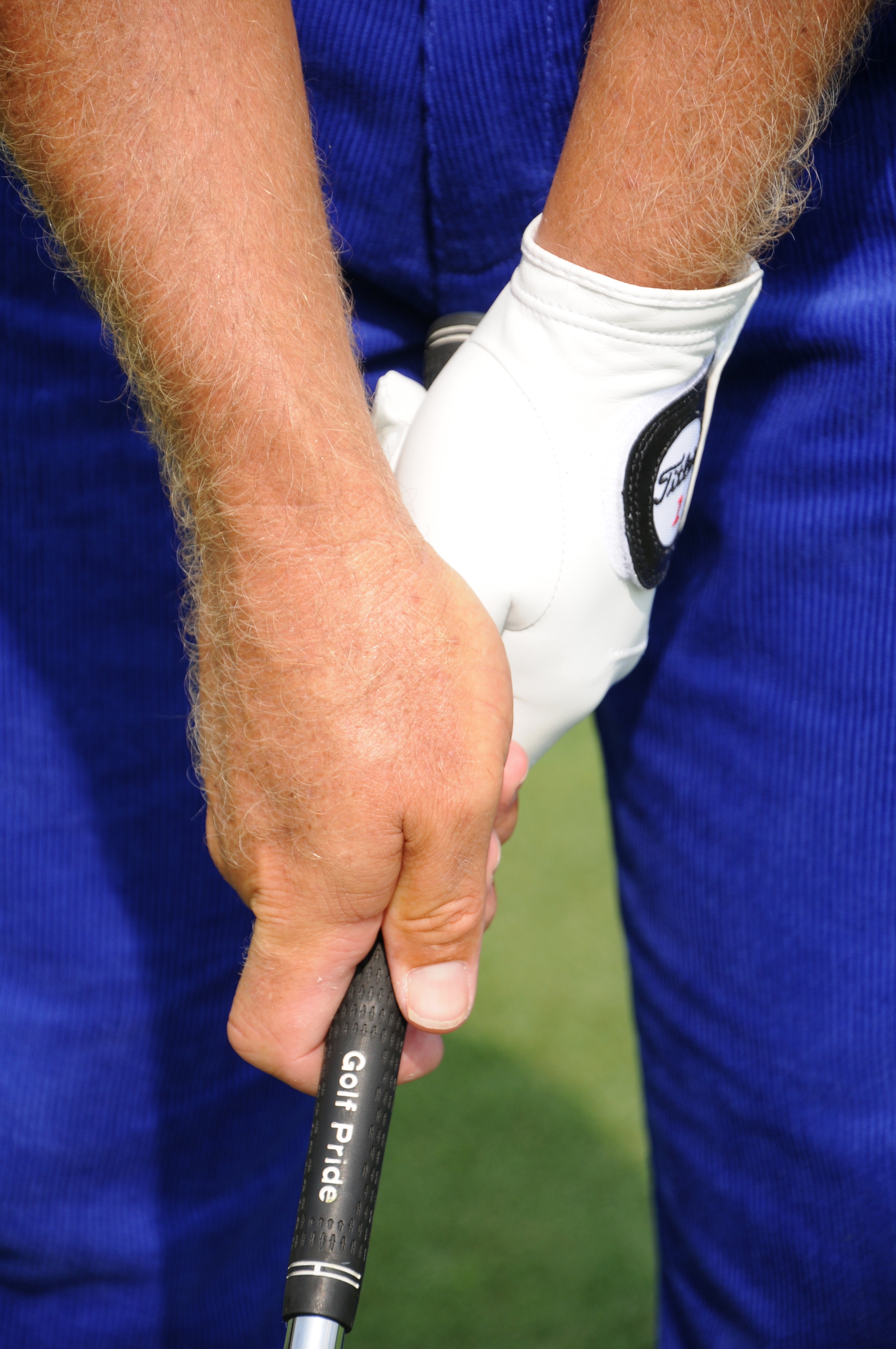



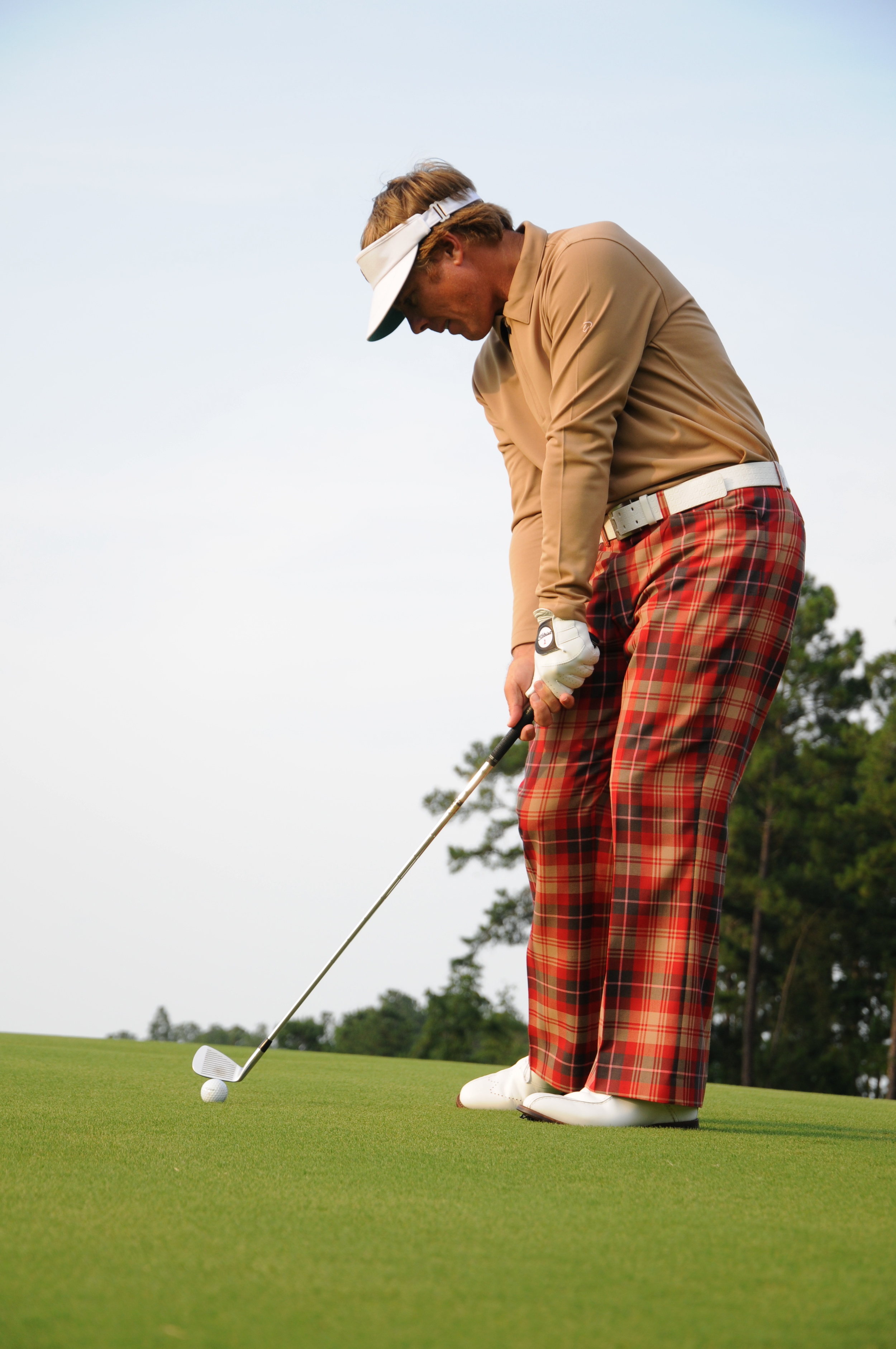
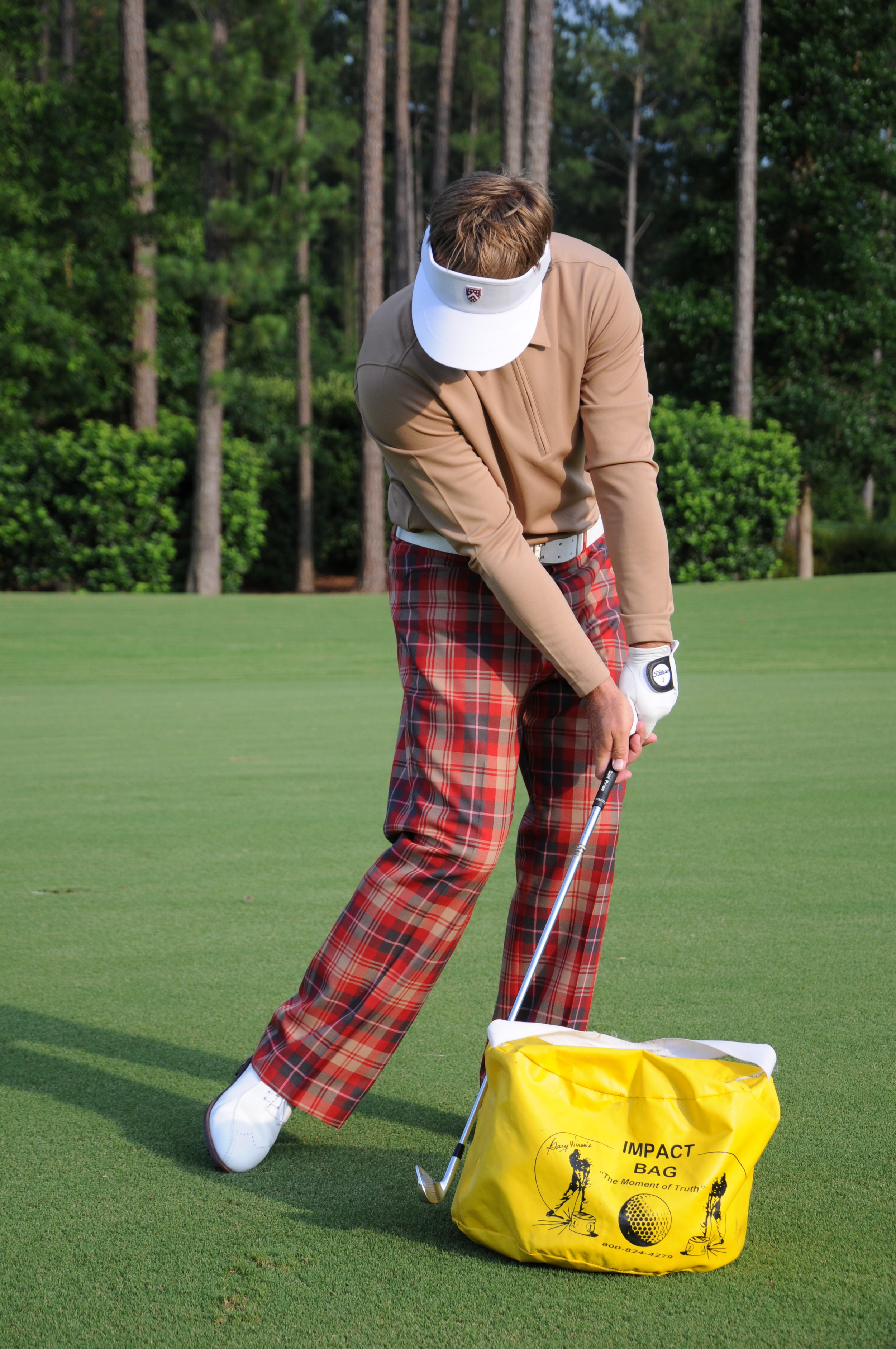
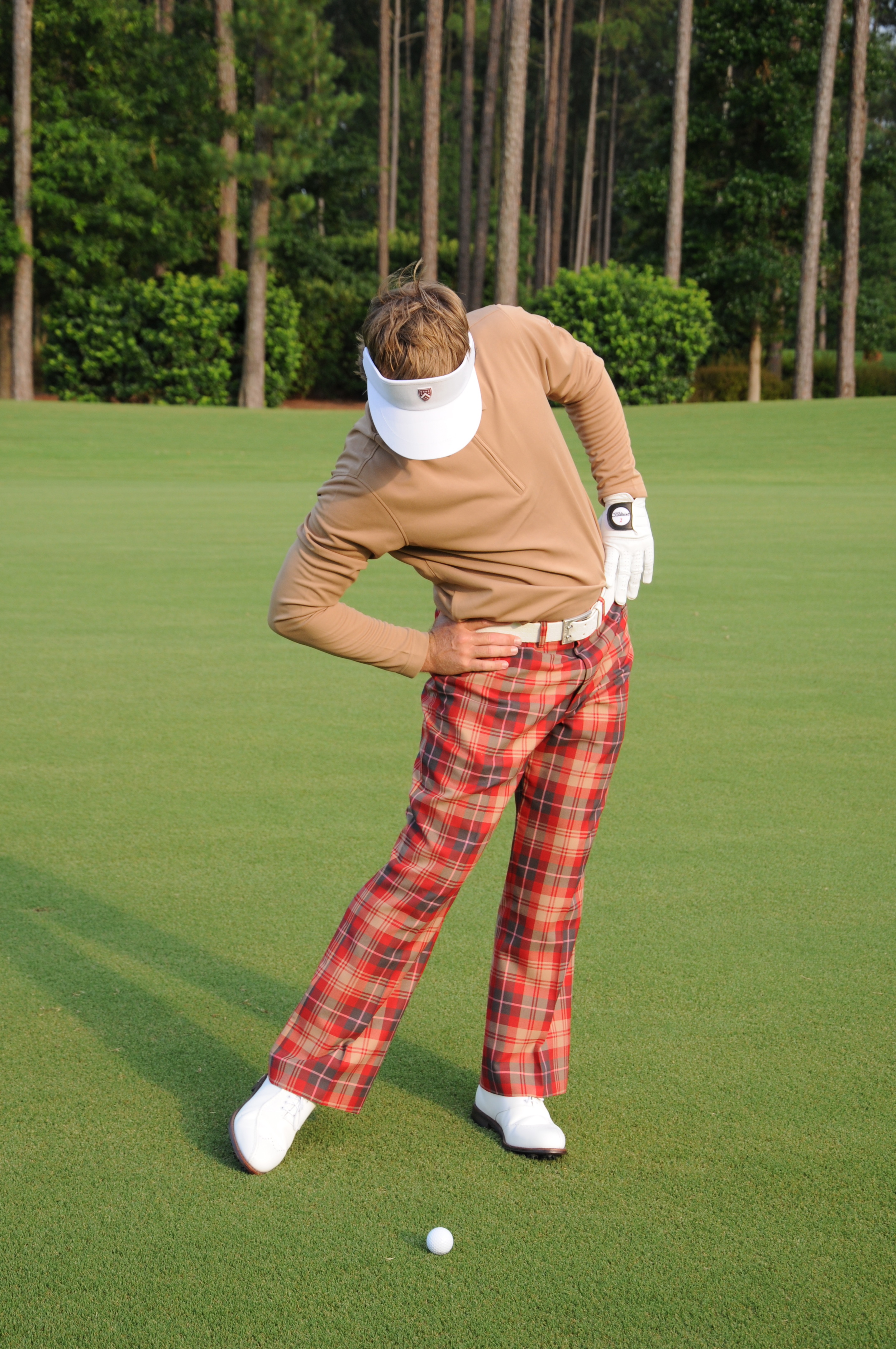
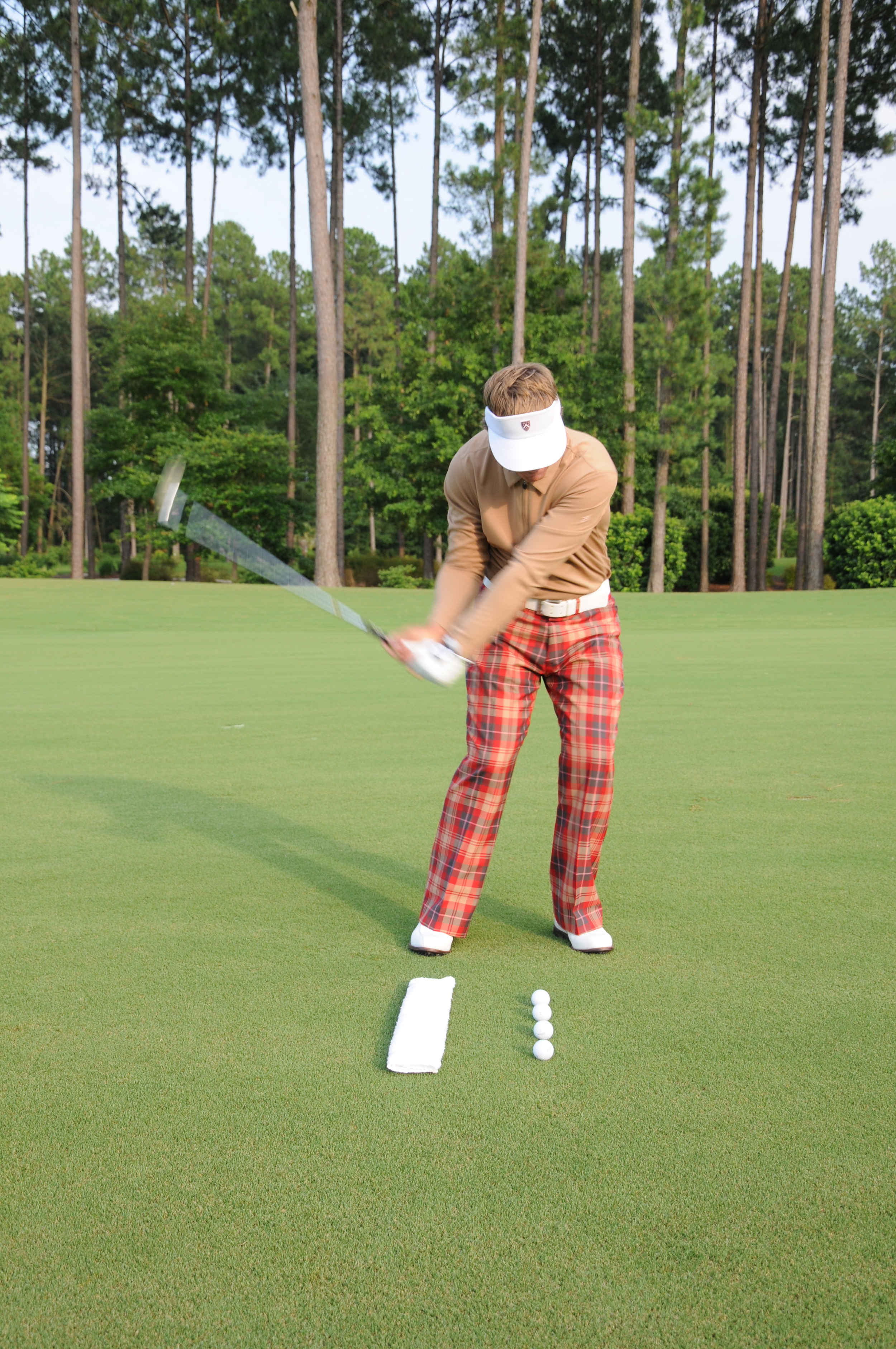
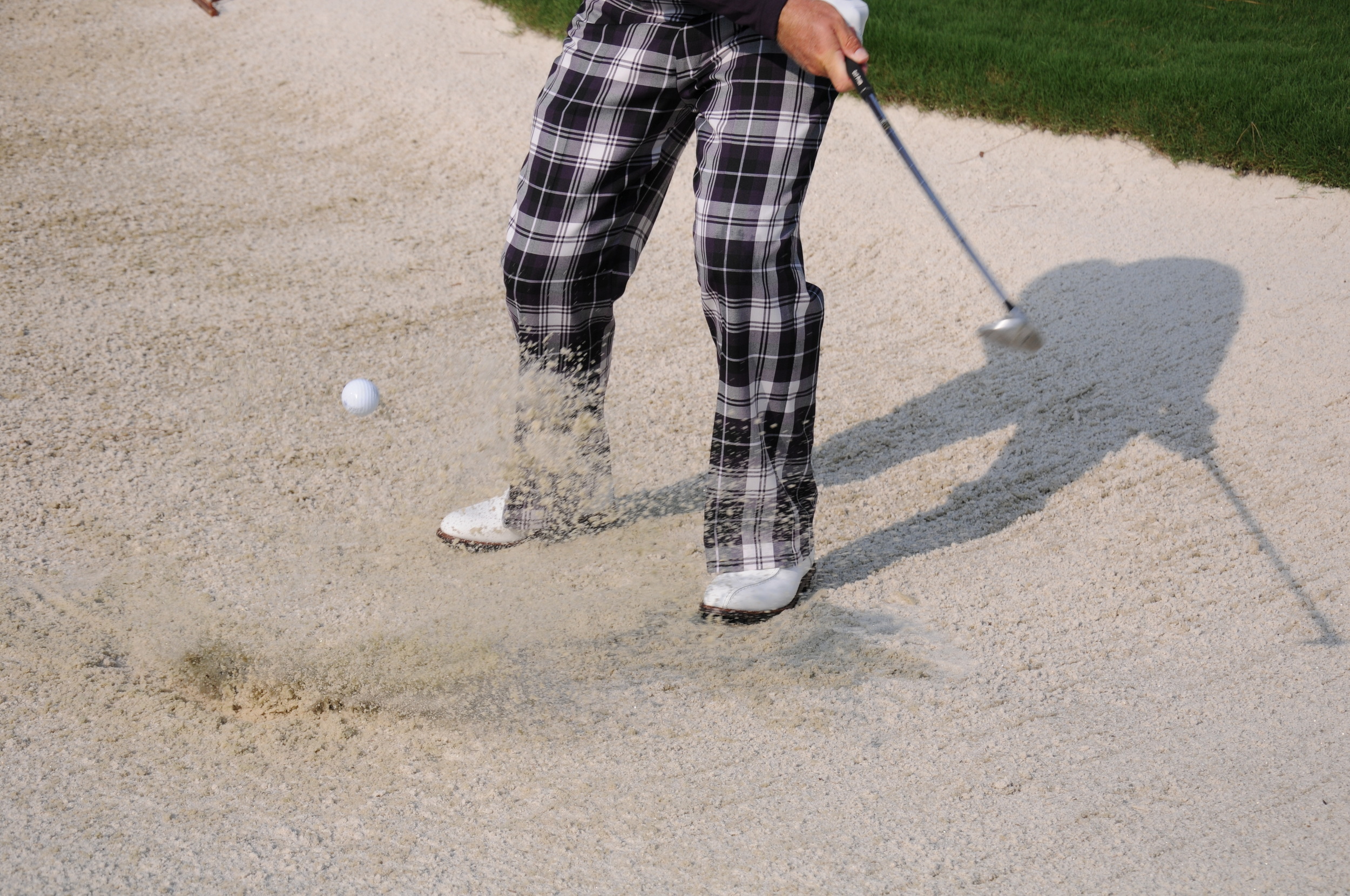


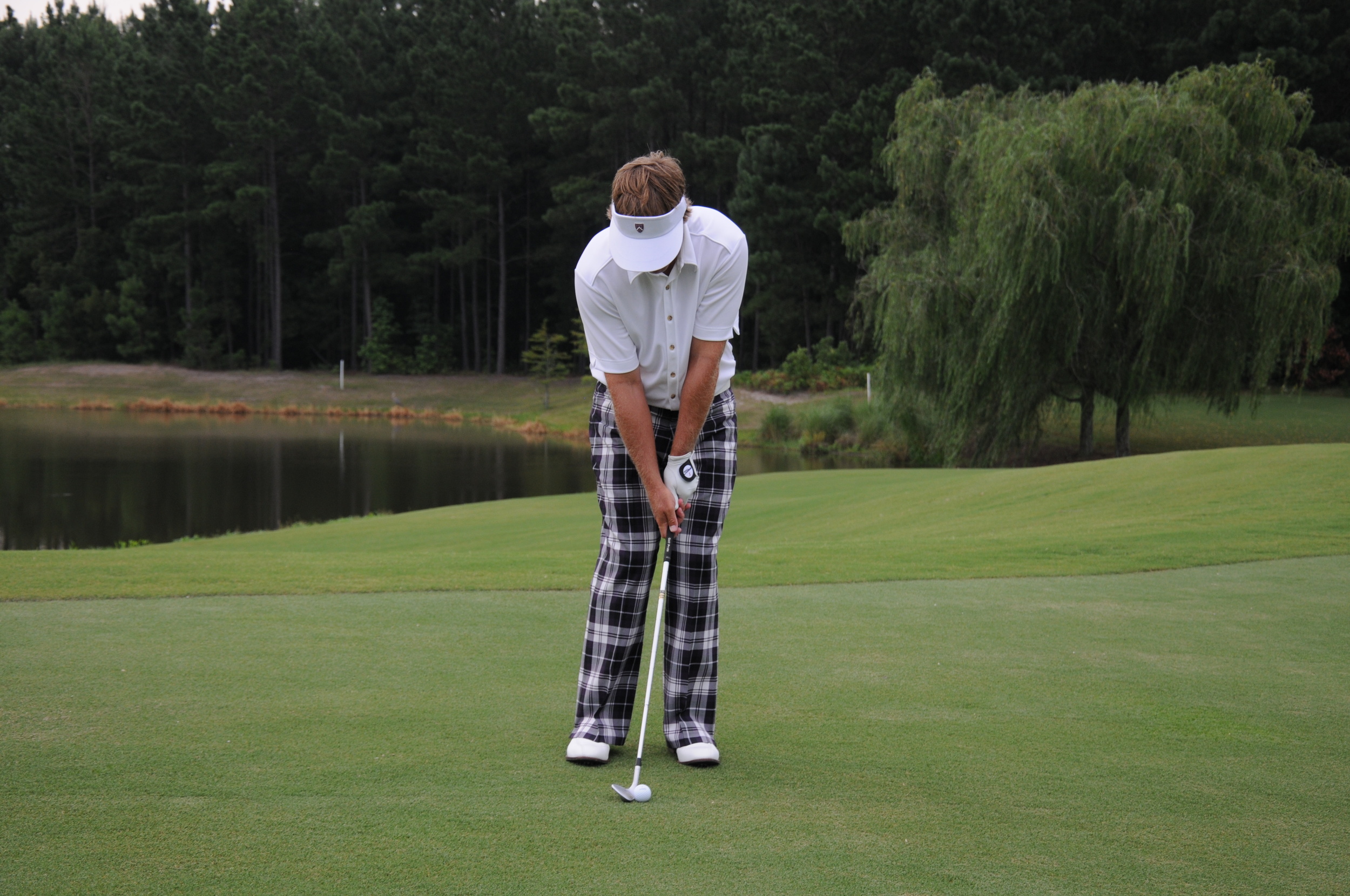


 South Africa has so much to offer, but for the golf fanatic and wine connoisseur there is no better, or more scenic, place in the world! Our destination is Cape Town with stunning Table Mountain, it's mix of classic and modern styled golf courses and the beauty of the surrounding vineyards.
South Africa has so much to offer, but for the golf fanatic and wine connoisseur there is no better, or more scenic, place in the world! Our destination is Cape Town with stunning Table Mountain, it's mix of classic and modern styled golf courses and the beauty of the surrounding vineyards.

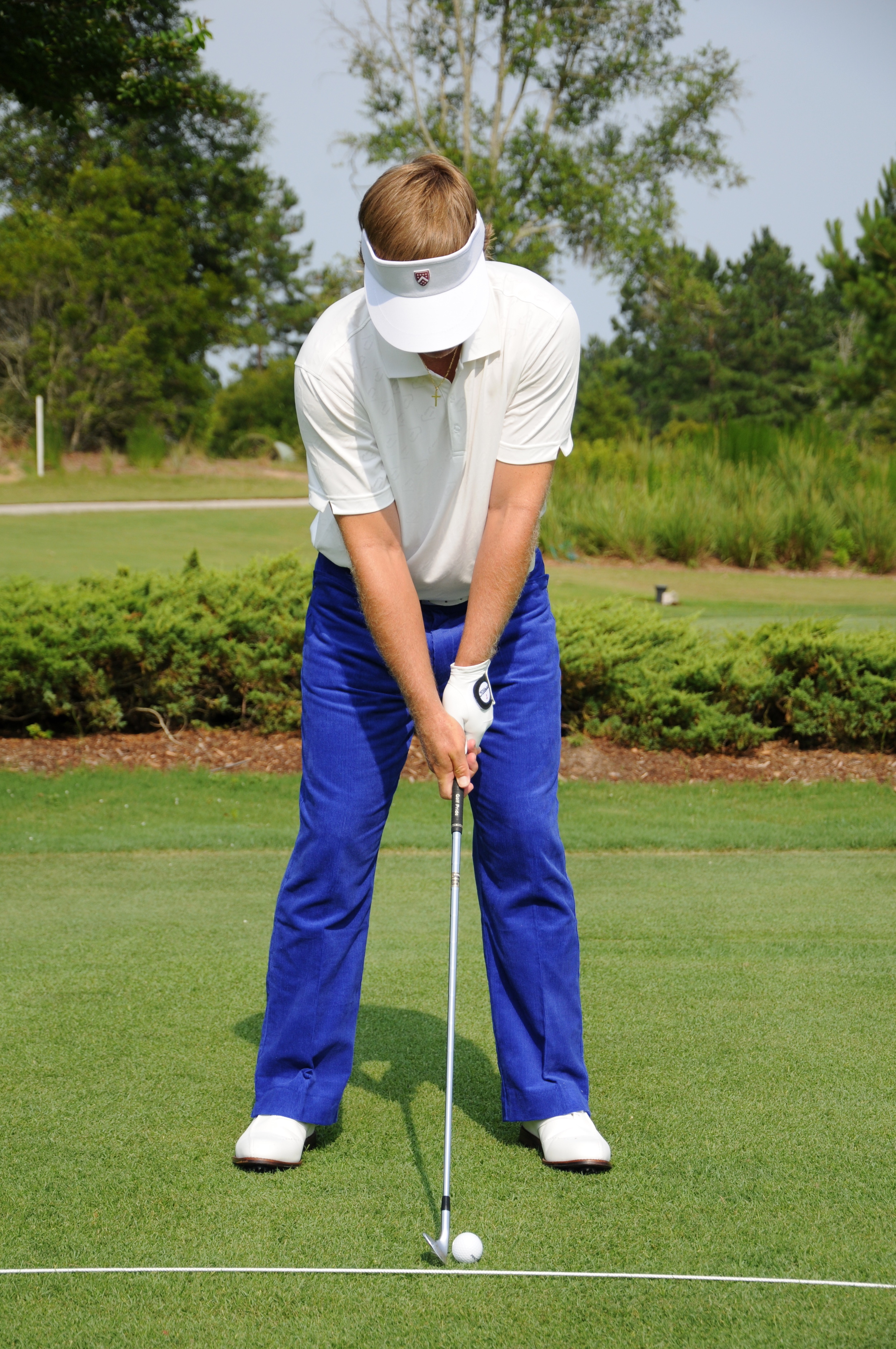
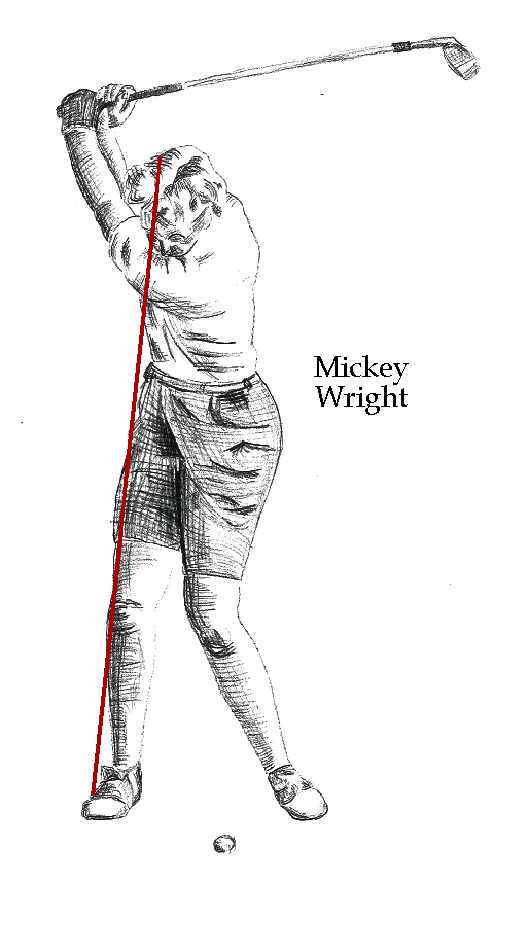 At address the head should not break the line. I noticed with golfers who had too much tilt at address this was quite prevalent and they all had a difficult time assuming the proper impact position once they had started poorly. Notice the picture below.
At address the head should not break the line. I noticed with golfers who had too much tilt at address this was quite prevalent and they all had a difficult time assuming the proper impact position once they had started poorly. Notice the picture below.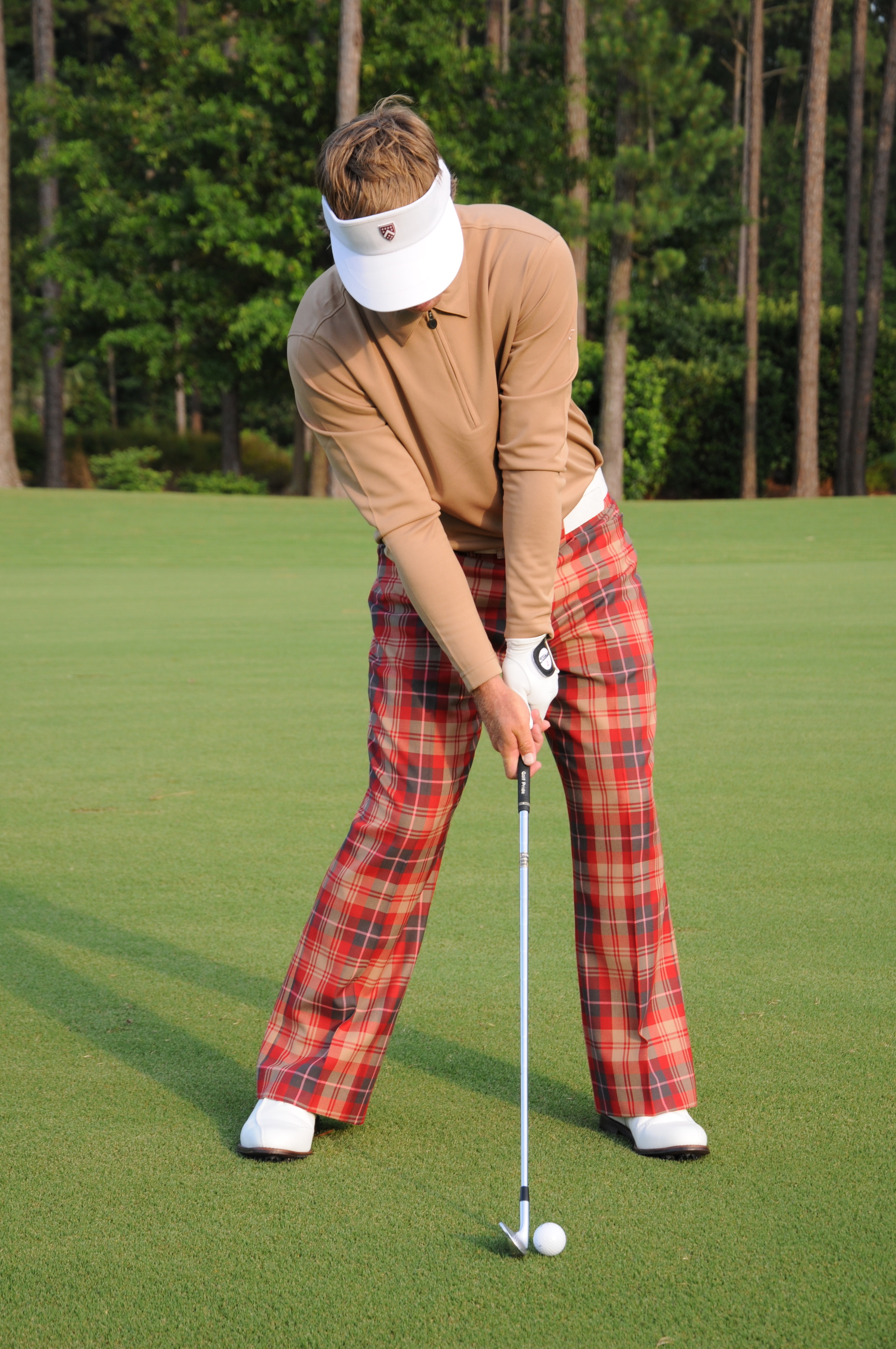


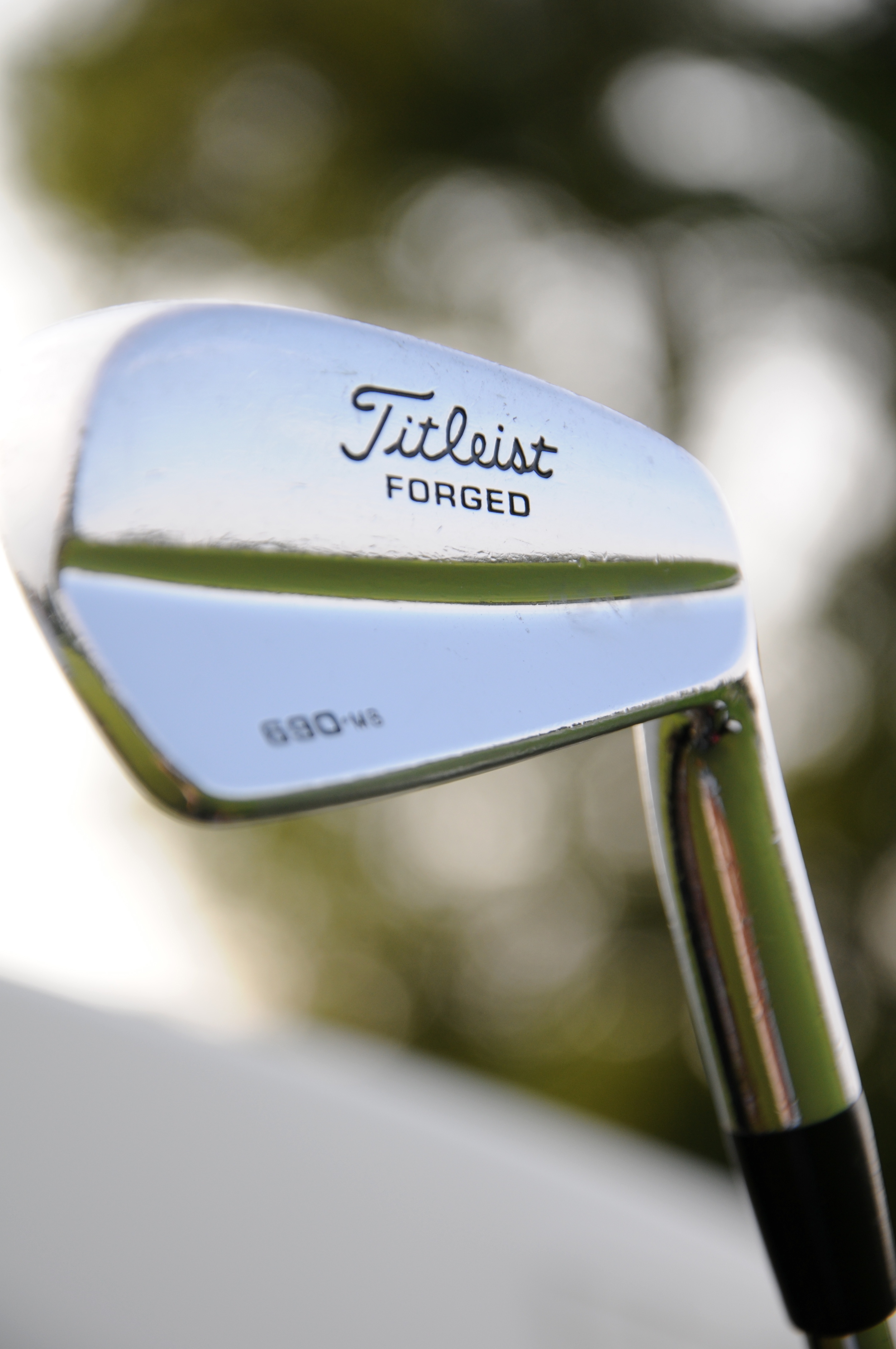 So often golfers are tempted into believing their equipment is the reason for the poor results they have been experiencing. Sometimes they may be correct, yet most times, this leads to the decision to make a change.
So often golfers are tempted into believing their equipment is the reason for the poor results they have been experiencing. Sometimes they may be correct, yet most times, this leads to the decision to make a change.





